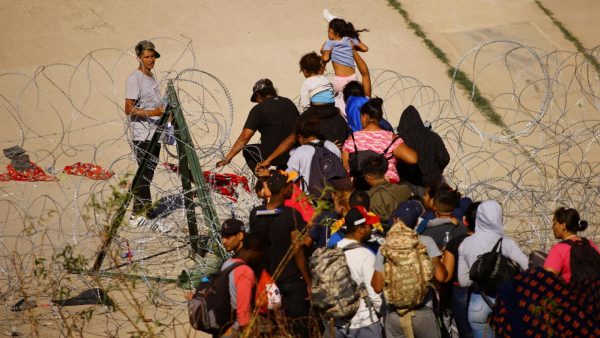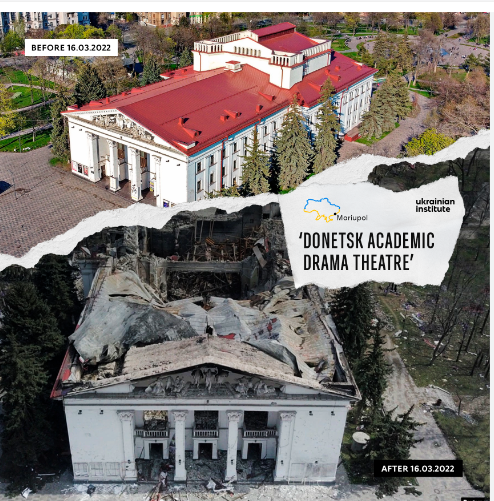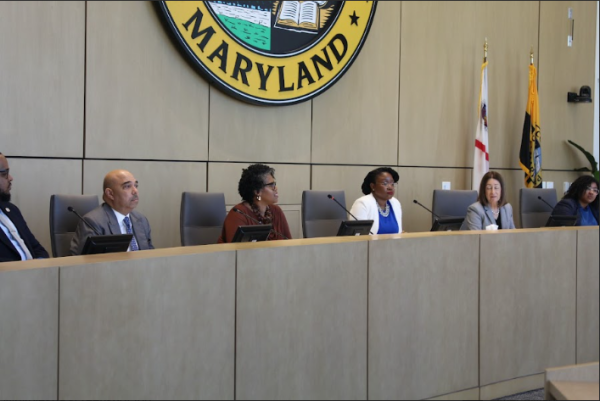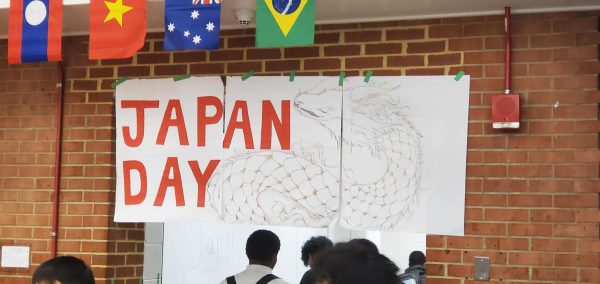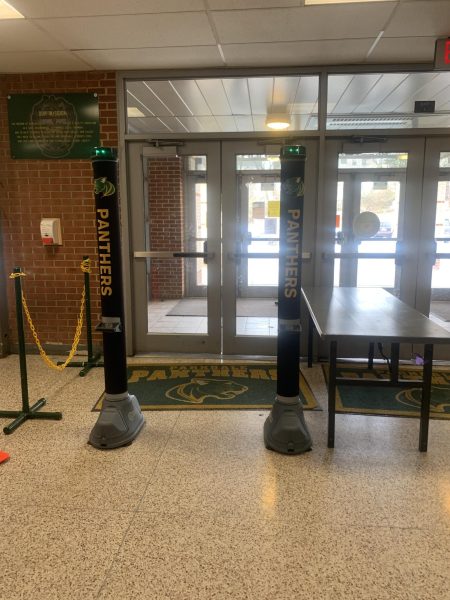The American education system falls behind internationally
For a variety of reasons, including poverty and student-motivation, U.S. schools are finding themselves unable to compete with others internationally.
America, land of the free, home of the brave, and apparently not the educated.
Let’s face it, education in America could be better. America’s low level of education compared to other countries around the globe is seriously shocking and begs the question: “What went wrong?” There are several answers to this question such as poverty, lack of funding, and disinterest in students — and while there is no obvious culprit to blame, there are several factors worth mentioning.
Inspiration
A recent survey was held and asked more than 21,000 American high schoolers to think about the range of positive and negative feelings they had about school, the most common emotion students reported was tired. The next was stressed, bored, calm, and happy. The results showed that over 79 percent of students reported feeling both stressed and bored when it came time for their school hours.
The poll results were nothing short of surprising. In the U.S., students are relatively uninspired and it’s usual and even trendy for teenagers to hold their education in a negative light. Many see school as a sort of jail, a place where they have to suffer for five to six hours, go home, wake up the next day and repeat.
“I wake up at 5:10 AM every morning,” said sophomore Angelo Djapa. “I leave for school at 6:30. Slave throughout the school day until 2:00 and then get home and sleep at around 9-ish — It’s the same thing every day and I hate it.”
In foreign countries, the situation is much different. Foreign students, especially the impoverished, are heavily inspired and delighted at having the chance to learn. Instead of grieving their daily routines of school, they work hard in their studies.
For the many in poverty, the strong belief that education is their one-way ticket out of their situation and to a better future keeps them on their feet. Immigrated students — as well as their parents — believe that staying on top of their studies is the only way to not only earn respect among their American peers but succeed as a whole in America.
“In Africa education was no joke,” said Delfin Tabi, a mother of five. “In university, my parents kept me on my toes with my school work [and] I learned to appreciate school.”
Obviously, not all American students dislike school entirely. There is a small percentage of students that actually enjoy their education, but it’s still a very small percentage. A new study by Yale researchers found that nearly three-quarters of American high schoolers report negative feelings towards school. Evidently, U.S students direly need to change their views on school, and fast.
Poverty
Even now in the 20th-century poverty continues to be one of the biggest problems around the world. Third-world countries seem to have it the worst, and you cannot help but sympathize with its youth. Children in third-world countries grow up in unfathomable living conditions and affording an education alone is a struggle. When they can afford an education, students are seen to exceed expectations in the classroom. Many not even being able to afford their books, or daily lunch, they begin to think highly of education and are taught that it is their only fight against the cruel reality they are born into.
“Many girls could not afford to study because they had to work at home for their families to live,” Tabi said.
“I was fortunate to not grow up in poverty and I had a father who pushed me to be academically successful. — The goal I always had was to go to America and become something better, and that is what I became.”
In America, the youth born into poverty are given free education, affordable supplies, and often free daily meals. What could be the problem with these youths? You may be asking. Well, the “education” given to these students is below par and does everything but effectively help them.
Public schools in more poverty-stricken areas tend to be way overcrowded. Classrooms fill up to the brim daily, and teachers can only do so much with the limited resources open to them. The government fails these American youth, constantly under the assumption that they cannot do any better. They don’t fund public education and when they do it’s used and spent for all the wrong reasons. The government looks down on them, politicians speak but never act, counselors and teachers think there is no hope for them, the reality is undeniably real, impoverished American students are doomed.
With no support, these youths have no choice but to give up. They are led to believe that school is nothing useful to them and just simply quit. It’s a sad reality for many students around America, and it continues to happen.
Stress
In the United States alone, over 1.2 million students drop out of high school every year. When asked why many responded saying the stress and push of their academics had taken its toll. In their school environments, students are burdened with workloads and pushed to memorize courses in short periods of time.
Compared to other high schools around the world, American high schools seem to be the most stressful. When compared to British schools, American schools take the cake. Unlike the British-Education system, the American education system exerts a high level of control over its students — students are constantly refused to use the bathroom, and work is either non-existent or excessive, nothing in between. U.S Students are expected to be involved in numerous activities, if it isn’t drama class to learn the art of Shakespeare then it’s a competitive sport. Sadly, American students just can’t seem to catch a break.
Globally, student needs seem to always be at the forefront. In China after learning hours the entire school is led outside to do exercises to stimulate their brains. After a couple more hours of learning everyone must take a mandatory afternoon nap, then it’s back to studying. In Europe, British students seem to have a breath of fresh air compared to the qualities American students are faced with. Shorter, and flexible courses are available for students and are designed to help them get the most out of their education as quickly as possible. The average secondary school has 948 pupils compared to the average American public school with 1,200+ students (yikes).
“In the UK most secondary schools start between 20:30 [8:30] and 21:00 [9:00] in the morning and finish between 15:30 [3:30] and 16:00 [4:00] in the afternoon with the exception of Friday. — On Fridays, the school day ends between 12:00 [12:00] and 13:00 [1:00].” An 11th-grade student and UK resident, Jamila Francis said.
“I’m pretty lucky that all my subjects are essay heavy, so I rarely get set homework. If I had to rate the education system here I would give it a high 8.” Francis continued.
Though the British education system isn’t perfect, it’s evident that it’s reaping great benefits for its students.
So as far as we can tell, the American education system needs some serious work — and is actually getting it?
According to Digest of Education Statistics, the U.S. average graduation rate for public high school students has increased from 79 percent to 86 percent from 2010-11 to 2018-19. This is great news for America but the work is not yet done. Around the country, public schools run without the proper funding and students are at an unfair advantage. It’s up to us to bring awareness to the faulty treatment to not only impoverished schools but the average as well. Every child deserves the right to a fair education. The moment they were born in America or stepped foot here, they were entitled to this right..If things don’t change, America’s future won’t look so bright. So let’s start making the changes we want to see because our youth are our future.
Your donation will support the student journalists of Parkdale High School. Your contribution will allow us to cover our annual website hosting costs and publish some printed editions, as well.

Sybill Anja is currently a sophomore at Parkdale High school and is on her first year on the newspaper staff as a reporter. Typically not one for chitchatting...


